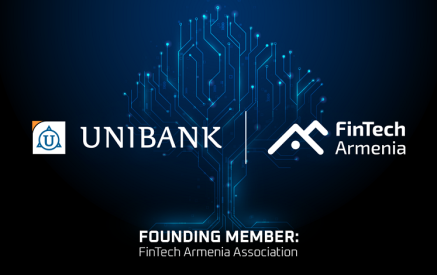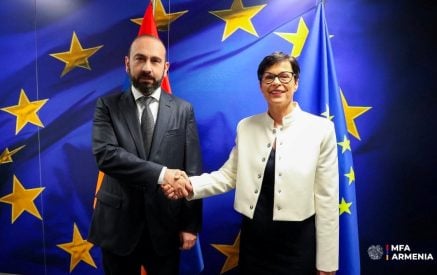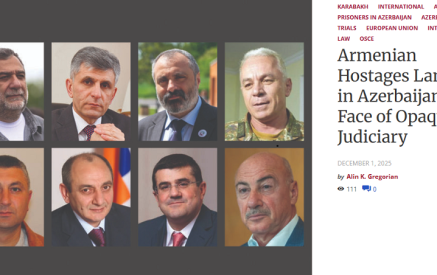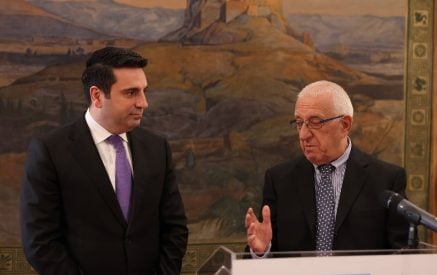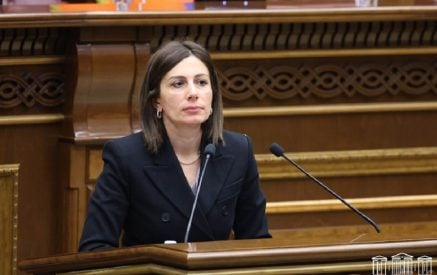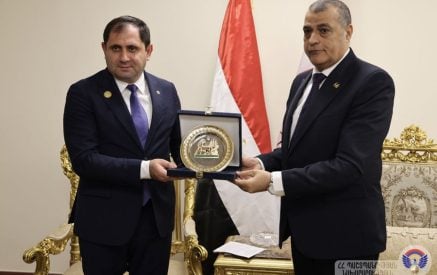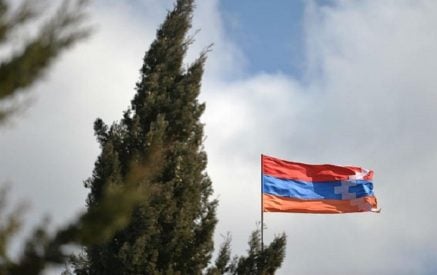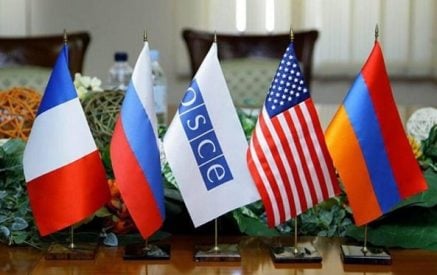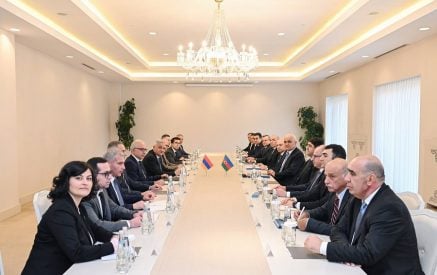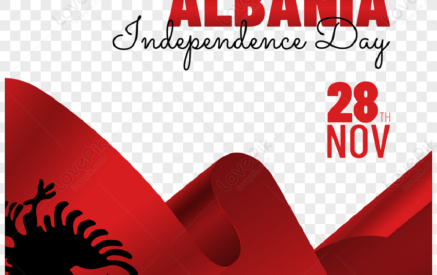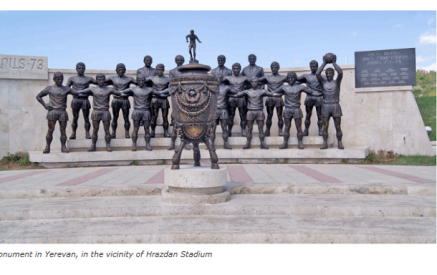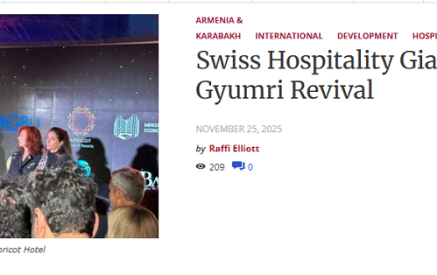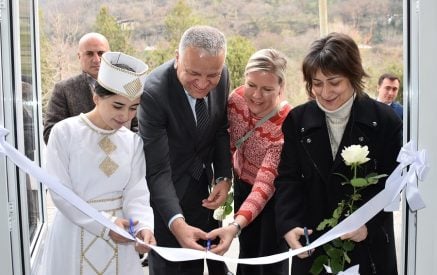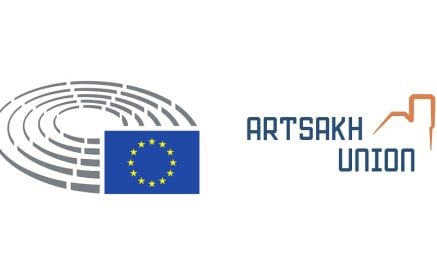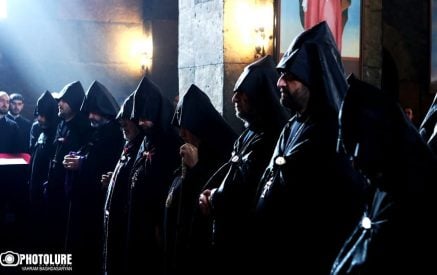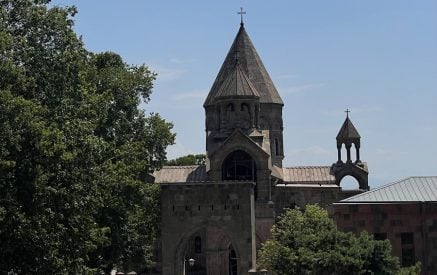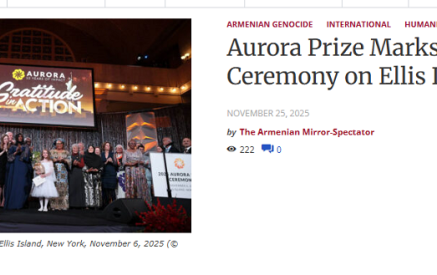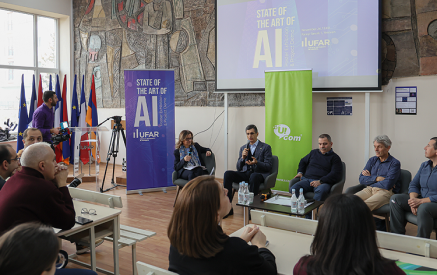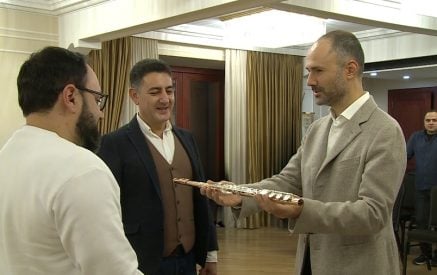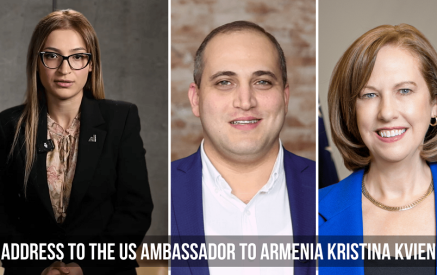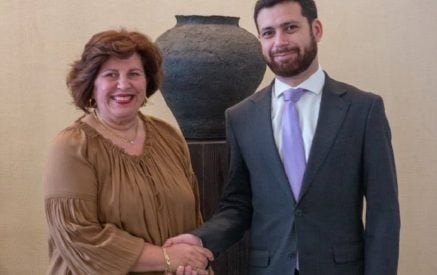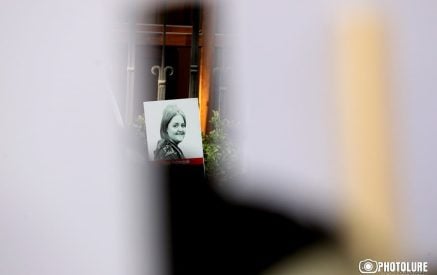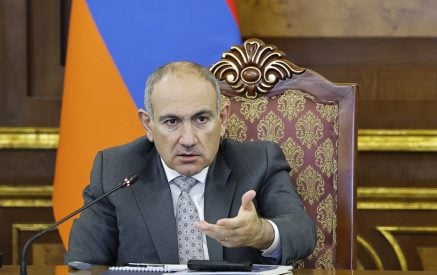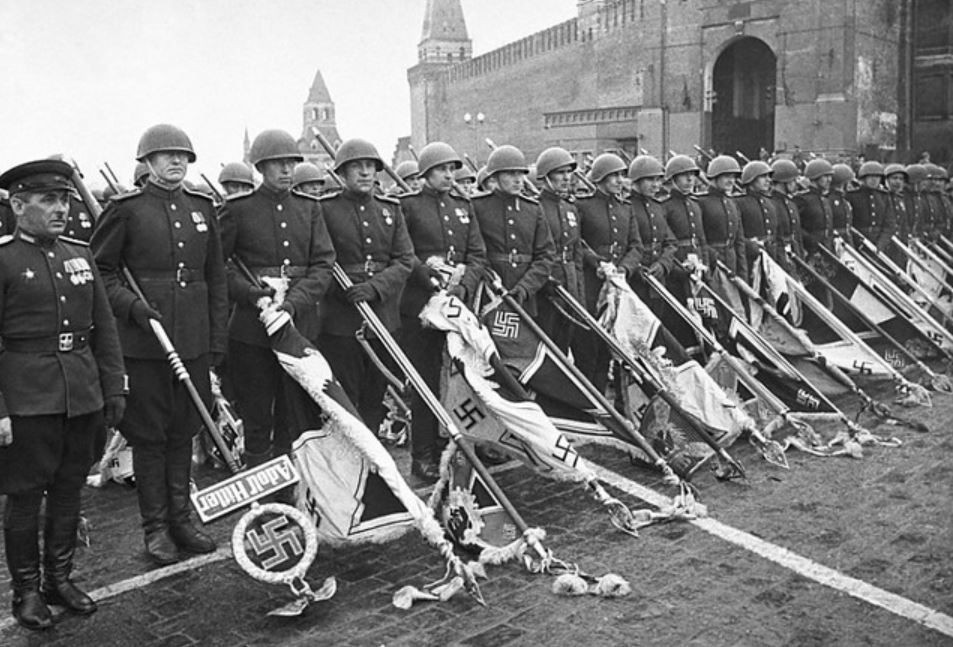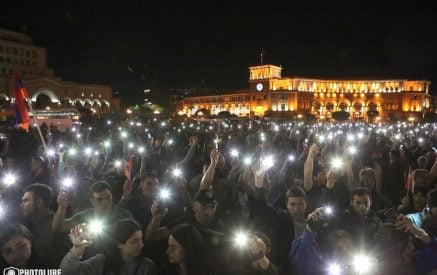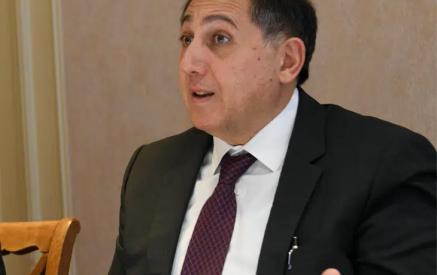Why is the government fighting against them?
On June 24, 1945, a military parade occurred in Moscow’s Red Square. The event culminated in Soviet soldiers throwing the flags of the defeated and essentially non-existent Third Reich under the wall of Lenin’s mausoleum. And on the platform of the mausoleum stood Stalin, who, according to Soviet mythology, had achieved victory. Flags were thrown at the feet of the “great leader.”
In 1975, when the 30th anniversary of the victory over fascism was celebrated, there was a theatrical performance of the same parade in the House of Assembly, and the flags were thrown again, this time at the feet of Brezhnev, who was sitting in the first row. Although the head of the USSR at that time did not “stretch” to the title of “great leader,” Soviet propaganda made enormous efforts to exaggerate the role of the head of the political department of the 18th Army in the war to cosmic proportions.
We may not like it all. It may even seem funny. But in the USSR, a particular system of symbols and rituals formed the basis of the ideology. The same can be said of any established country. Democracy doesn’t matter here. For example, the attitude towards symbols is no less “pathos” in the United States. Let’s take the funeral ceremony of a soldier killed in any war.
Read also
The “mythification” of social life is inevitable, but it is crucial to which myths and symbols define that life. The struggle of the current government of Armenia against symbols only, at first glance, seems to be a manifestation of some madness.
When a member of the Civil Contract says that there was no Armenian army, he is talking about the Army that liberated Artsakh and which, for better or worse, ensured the security of Armenia and Artsakh until they, the CC members, came to power. When Mount Masis is presented as a “virtual homeland” instead of a “real homeland” on a simple approach, it seems logical and realistic. The arrow is directed against the national symbol, the national upsurge of the 1960s and 70s, and the 88 movements, which gave birth to the third republic of Armenia.
When the Armenian Apostolic Church is under attack, an attempt is made to replace the real religion with a “revolutionary religion” along with its leader. Thus, the church’s traditional values give way to revolutionary slogans. Such attempts have already been made in the history of humanity, and, as is well known, the “testing ground” nations pursued these false symbols for several years. Then the rejected traditional religion regained its position.
If traditional symbols and myths are rejected, what is put in their place? Probably market relations, democracy, liberalism, human rights, and peace. They are undoubtedly unobjectionable values, but building a national state and Army with them is impossible. And in our situation, they are the keys to our survival.
Aram ABRAHAMYAN
“Aravot” daily, 26.04.2023



